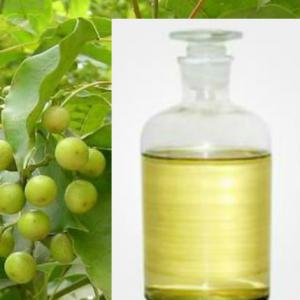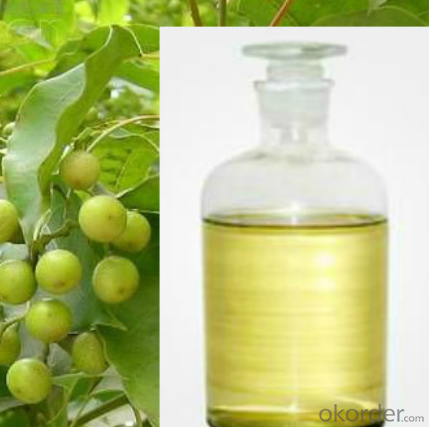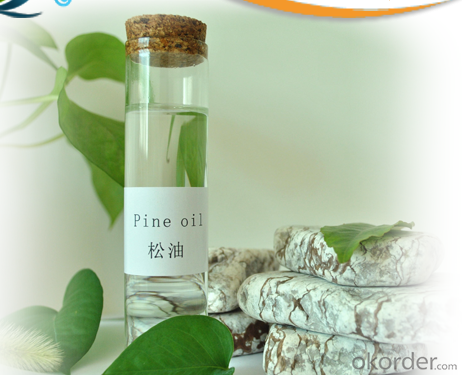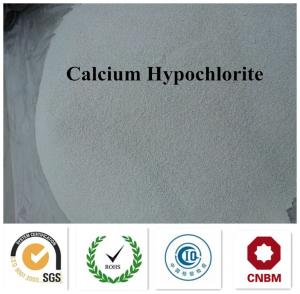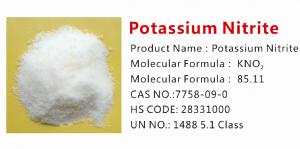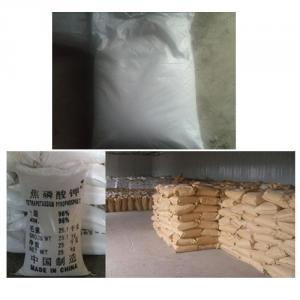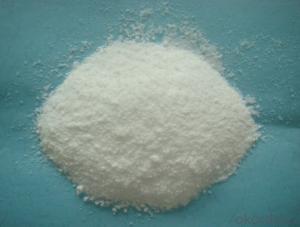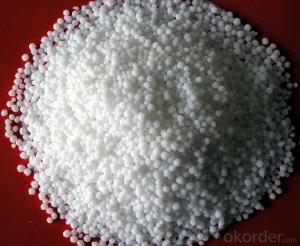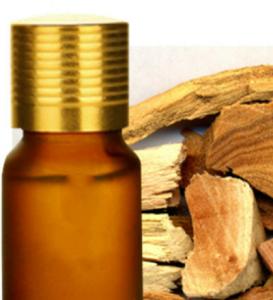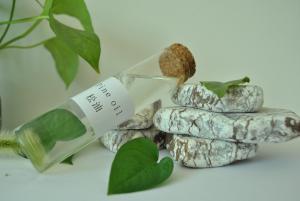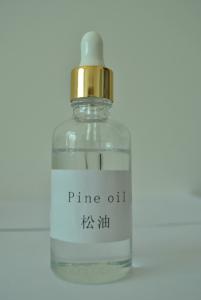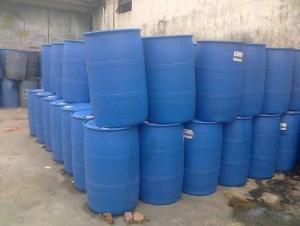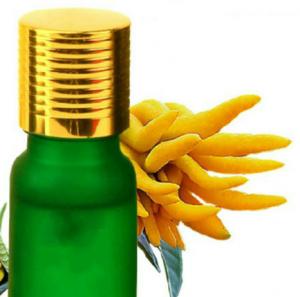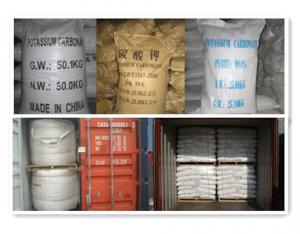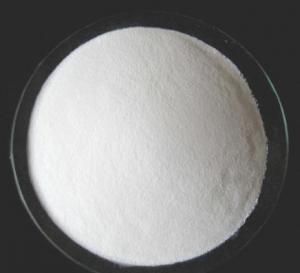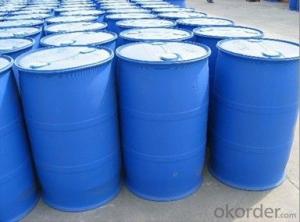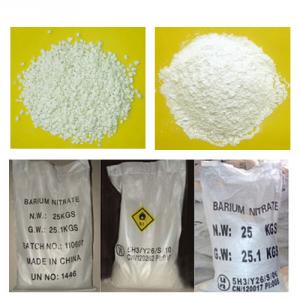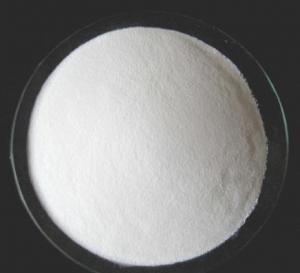Pine Oil with Factory Directly Sell and Competitive Price and High Quality
- Loading Port:
- Shanghai
- Payment Terms:
- TT or LC
- Min Order Qty:
- 17.6
- Supply Capability:
- 3000 m.t./month
OKorder Service Pledge
OKorder Financial Service
You Might Also Like
1. Structure of Pine Oil Description:
CAS NO.: 8002-09-3
MF: C10H17OH
PURITY:
Purity: 45% 50% 70% 80%
Packing&Delievery: 170kg/iron drum (Capacity of per 20'FCL: 80 drums,totally 13.6mt per container)
All year Delievery
2. Main Features of Pine Oil:
The pine oil is widely used in the flotation of various metallic and non-metallic minerals. It is mainly used in the flotation of various sulfide ores,such as lead,copper,zinc,and iron sulfide,and non-sulfide minerals. It exhibits some collecting properties,especially for readily floatable minerals such as talc,graphite,sulphur,molybdenite and coal etc.
3.Pine Oil Images
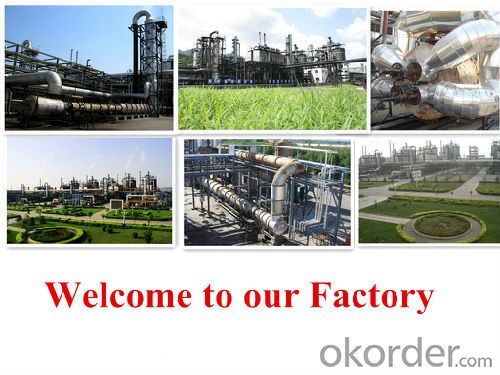

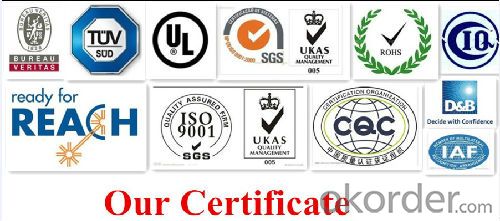
4.Pine Oil Specification
Item | 50% | 65% | 70% | 85% |
Appearance | Slight-yellowish or brown-yellowish oil-shape liquid. | |||
Color and state( Max). | 6 | 6 | 6 | 6 |
Content of water (Max). | 0.7 | 0.7 | 0.7 | 0.7 |
Total acid value (Min) | 50 | 65 | 70 | 85 |
Gravity | 0.866 | 0.90-0.92 | 0.90-0.92 | 0.92-0.94 |
Distillation range(°C) | 168-230°C | 170-225°C | 170-225°C | 190-225°C |
Impurities(MAX) | 0.5% | 0.5% | 0.5% | 0.5% |
PH value | 5-7 | 5-7 | 5-7 | 5-7 |
Impurity( Max). | 0.5 | 0.5 | 0.3 | 0.3 |
5.FAQ
1)Q:Are you a factory or trading company?
A:We are a factory.
2)Q:What is thepayment terms?
A: L/C ,T/T, D/P, W/U
3)Q:How can I get some samples?
A: Kindly send us your address, we are honored to offer you samples.
4)Q:How does your factory do regarding quality control?
A: Our factory can accept any third party inspection.
- Q: Where are the parts of the bryophyte absorb water and inorganic salts?
- Moss moss moss, moss Gang, moss root through the fake root absorption, that is, the use of cell penetration technology, moss Gang has evolved out of the root, so you can directly through the relatively low roots to absorb Oh
- Q: What fruit contains more minerals?
- Persimmon contains a lot of carbohydrates, per 100 grams of persimmon containing 10.8 grams, mainly sucrose, glucose and fructose, which is why we feel very sweet persimmon persimmon in the other nutrients are not only contain a small amount of fat , Protein, calcium, phosphorus, iron and vitamin C. In addition, persimmon is rich in pectin, it is a water-soluble dietary fiber, a good laxative effect, for correcting constipation, to maintain normal intestinal flora Growth and so have a good effect.
- Q: Organic chemistry extraction lab. If the KBr wasn't there I would just add HCl to protonate the NH2, but I'm not sure if that will affect the KBr or the carbon chain. Both of these are in an aqueous phase.
- The amine will certainly coordinate to K+, but the interaction is not very strong and hydrogen bonding from water will compete efficiently. Also, if your amine is soluble in water, you are not going to be able to isolate it by turning it into the corresponding ammonium salt.
- Q: How too much to eat too much inorganic salt
- Eat more inorganic salt, human body cells will be dehydrated, you will feel thirsty; if too much will be serious consequences, as if no one has done, after all, very difficult to eat.
- Q: What are the disadvantages of inorganic salt deficiency and too much
- hyperphosphatemia, can cause secondary hyperparathyroidism, calcium and phosphorus deposition changes, vitamin D metabolic disorders, an important factor in renal bone disease, and coronary artery, heart valve calcification and other serious cardiovascular complications;
- Q: Liver cancer diet should pay attention to what issues?
- Liver cancer patients have more appetite, nausea, abdominal distension and other symptoms of indigestion, it should eat digestible food, such as sour plum, fresh orange juice, fruit juice, ginger water, noodle soup, fresh millet gruel, etc. to help digestion and pain, eating Do not cool, too hot, too full. Liver cancer patients common nausea, vomiting, loss of appetite, appetite appetizers down light food, such as almond dew, lotus root starch, corn paste, kumquat cake, mountain cake cake and other foods easy to digest,
- Q: how come a penny can hold more drops of the salt water solution than just plain tap water from your faucet?
- Surface film tension is the property of a liquid by which it acts as if its surface is a stretched elastic membrane. This tension allows insects to stand on the water’s surface. Surface film tension is caused by the attraction of water molecules to each other; in addition, the surface molecules are attracted to the underlying molecules. The amount of surface film tension is affected by both temperature and dissolved substances. An increase in temperature lowers the net force of attraction among molecules and so decreases the surface tension. An increase in dissolved organic substances also lowers the surface tension However, an increase in dissolved inorganic salts causes a rise in surface tension - increases the attraction of the surface molecules for the underlying molecules.
- Q: I tried sodium and potassium carbonate and had little luck. Anyone know where to find the solubility data of inorganic salt in DMF?Thanks.
- Sodium and potassium carbonate WILL dissolve in DMF. The best way to dissolve them is to... a) dry the solid inorganic salt in an oven (> 100 degrees C) overnight. b) pulverize the powder and grind several minutes with mortal and pestle. c) sonicate the mixture for several minutes...
- Q: Indicating the organic compounds and inorganic salts in the boiling point, melting point and solubility of what is the difference
- Organic compounds are mainly covalently bonded, the mutual attraction between molecules is very weak, so its melting point, low boiling point, generally insoluble in water and soluble in organic solvents. Inorganic salts with ionic bonding, positive and negative ions electrostatic attraction is very strong, so the melting point, boiling point is very high, usually insoluble in organic solvents and soluble in water.
- Q: what percent of dissolved salts found in seawater are minor inorganic salts, or trace?
- Seawater varies in composition a little but generally is about 3.5% salts. Of this about 3.1% is sodium chloride. So the remaining 0.4% is the other salts (Magnesium, Calcium and Potassium mostly, followed by just about every natural element in the periodic table in trace amounts)
Send your message to us
Pine Oil with Factory Directly Sell and Competitive Price and High Quality
- Loading Port:
- Shanghai
- Payment Terms:
- TT or LC
- Min Order Qty:
- 17.6
- Supply Capability:
- 3000 m.t./month
OKorder Service Pledge
OKorder Financial Service
Similar products
Hot products
Hot Searches
